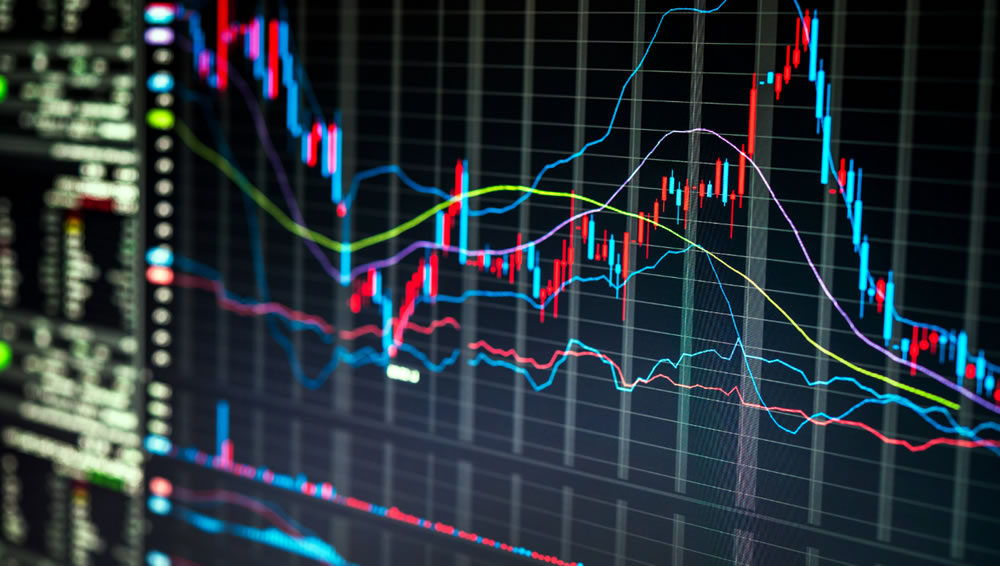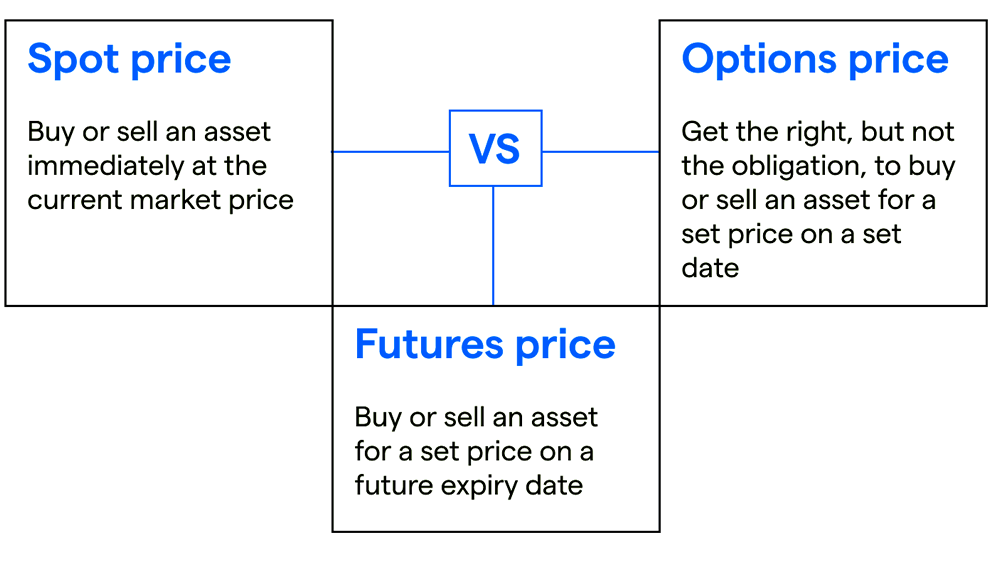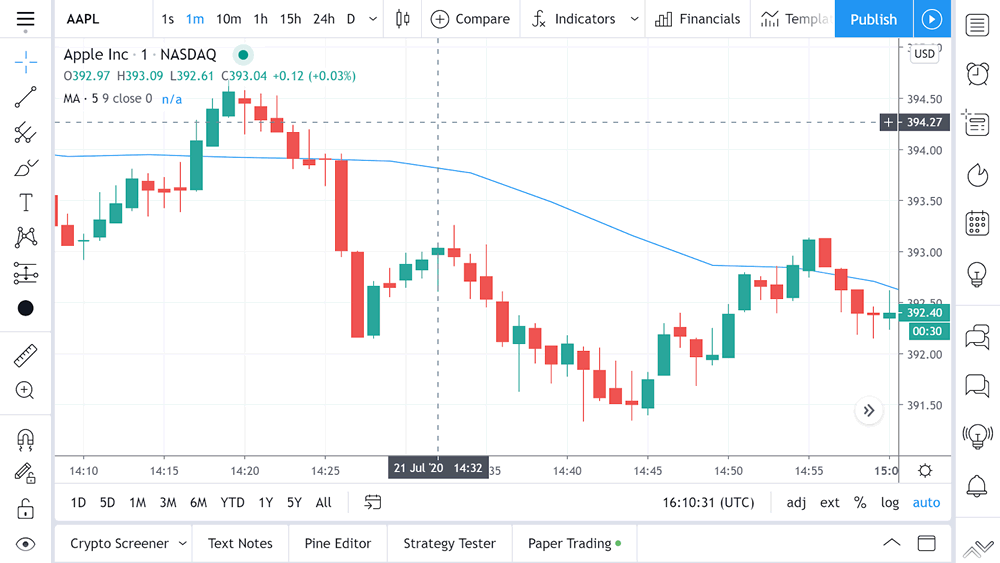Stocks and Indexes Trading- How to trade using Futures and Options
Experienced traders are well familiar with the major stock indexes in the United States, Europe, and Asia. Even unskilled traders are likely to be familiar with the indexes that are mentioned in the media. The S&P 500, the Dow Jones Industrial Average, the FTSE 100, the Nikkei 225, the CAC 40, and the DAX are examples of indexes that are closely observed around the world.
While the majority of traders are familiar with the index names, many novice traders are unfamiliar with how the stock indexes are traded. They frequently believe that they are traded in the same way as individual equities.
Stock indices, on the other hand, cannot be traded directly. Instead, they operate solely for the purpose of providing information about a collection of stocks, such as tracking their performance over time.
Market data for stock indexes is available, and they may be charted just like any other stock, but there is no method to conduct a long or short transaction on the indexes themselves, either long or short. There are various financial products that may be used to trade the fluctuations of stock indexes, such as futures and options contracts, which can be used to do just that.

Some Important Points to Note About Stock Indexes
- A stock index measures the performance of a portion of the stock market, and it can be used to examine industries, market sectors, and prospective trade opportunities.
- Investors cannot trade indexes, but they can trade futures and options that are based on a stock index, which are referred to as derivatives markets in the financial industry.
- Futures and options markets frequently move in tandem with their underlying indexes, which is why many traders prefer to chart the index rather than the ephemeral options markets when making trading decisions.
A stock index is a measure of how much money is in the stock market at any given time!
As defined by the SEC, a stock index is a sampling or collection of stocks that provides an overall picture of how a certain segment of the stock market is performing. A technology stock index, for example, will follow the performance of technology stocks.
The index swings in tandem with the overall performance of the stocks that it holds as constituents in its portfolio. This index can therefore be used by investors who wish to get a fast sense of the performance of technology equities, either in the short term or over a longer period of time.
Indexes are popular because they provide information on a group of equities rather than a single stock. They are excellent analysis tools, and as a result, they are excellent trading instruments. Although they cannot be traded directly, some products allow traders to participate in the movements of stock indexes.
These products are known as derivatives. Individual and institutional traders alike are drawn to the S&P 500 index because it allows them to trade 500 equities with a single futures or options contract transaction.
Futures and options markets

When we hear a trader remark that they are long the NASDAQ 100 or short the S&P 500, we should note that they are not technically long or short the NASDAQ 100 or S&P 500 indexes, respectively. They are either long or short in a futures or options market, such as the NQ futures market or the SPXW options market, depending on their investment objectives.
Futures and options that are based on a stock index are referred to as derivatives markets since they are generated from the underlying stock index on which they are based. The value of a futures or options contract is determined by the fluctuations of the index that the contract tracks. Almost all of the prominent stock indexes include futures and options markets that are open to investors. Futures and options on stock index futures and options are among of the most popular markets for both short- and long-term traders.
Futures and options, while they can be employed by investors, have an expiration date that must be met. As a result, individual traders tend to utilise these products more for day trading or swing trading than for investing.
Charting
Futures and options markets tend to move in lockstep with their underlying stock indexes, according to industry standards. For example, when the CAC 40 stock index declines, the CAC 40 futures market normally declines by approximately the same percentage. As a result, while trading the futures or options markets, it is feasible to track the stock indexes at the same time. The futures contracts can, however, be charted and studied in addition to this.
Some advantages of charting stock indexes rather than the futures or options markets can be seen in the table below. The stock indexes, for example, are continuous markets; unlike futures and options contracts, they do not have an expiration date. This eliminates the need for traders to update their charting software to reflect new contract terms every three months (or monthly, depending upon the market in question).
The options markets are similarly challenging to track since they consist of a large number of contracts that are all equally active (with different prices). Instead, charting the stock indexes allows a trader to assess many options contracts using a single chart, which saves time and money.
If you elect to chart the stock indexes rather than the futures or options markets, keep in mind that you will still need to update your trading software (your order entry software) in order to trade using the proper futures or options contract. Without doing so, you may find yourself trying to trade an expired contract and being baffled as to why it is not working.
The majority of charting software has a box where you may enter the symbol you want to plot. As soon as you begin typing the name of the index, the index and any futures or options that are associated with it are frequently displayed in a drop-down menu.
If you start typing “S&P 500,” you may see the symbol SPX, which is a common trading symbol for the S&P 500 index on most charting systems, appear. You may also see a variety of futures or options products, which you may select from a drop-down menu to view a chart of.

Free charting services are provided by TradingView.com, which also offers index and futures charting services, among other things. Enter the name of an index in the text box, and then choose whether you want to see indexes or futures from the drop-down menu that appears.
The Bottom Line
Stock indexes are a popular trading vehicle, but they cannot be traded directly on the stock exchanges itself. In its most basic form, an index is just a collection of stocks (or other assets) that moves in response to the movements of the stocks contained within it.
Traders can conduct research on both the index and the futures/options contract they intend to trade in order to make informed trading decisions. Indexes do not have an expiration date, but futures and options contracts do, therefore traders must make certain that they are trading the appropriate product.
